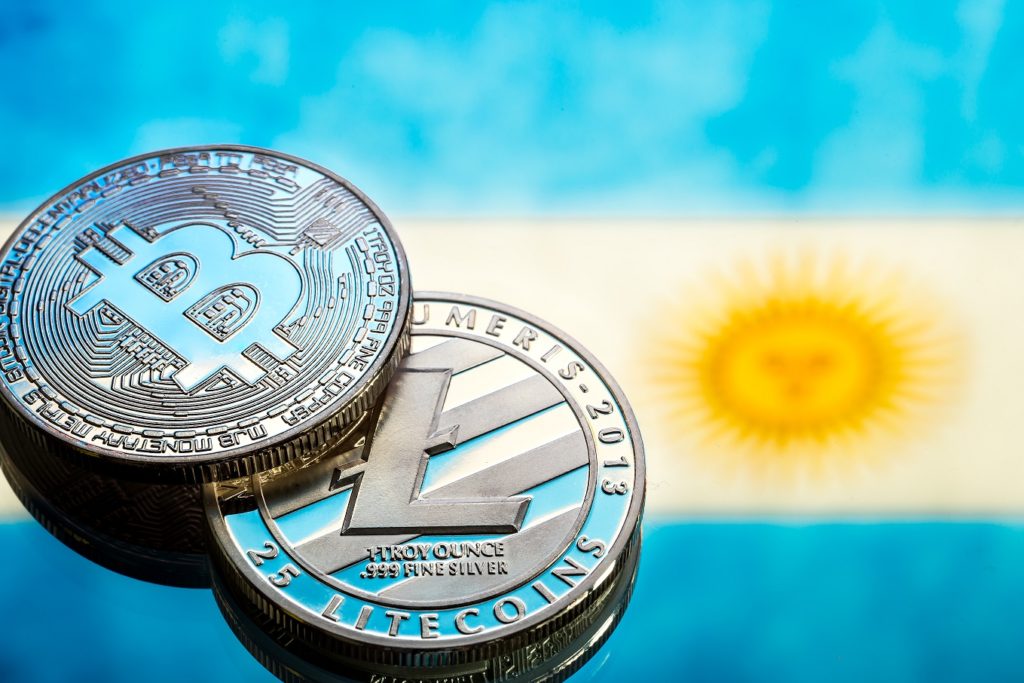GDS Modellica, a company specialising in risk management using predictive analysis, makes it possible to identify, control and manage risk earlier and with greater precision
The digital revolution has completely transformed the global financial and monetary system. Since the first virtual currency, Bitcoin, was first created in 2008, the number of digital currencies has grown exponentially. They have gained popularity and value amongst speculators largely due to their accessibility and security. The incorporation of blockchain technology has opened countless possibilities for digital money. In particular, it reduces complexity, reduces costs, increases profits, makes digital transactions more secure, removes bureaucracy and increases transparency. In this new financial paradigm, public confidence will be key for cryptocurrencies to become more widespread. Currently, cryptocurrencies are created by private initiative and are not supervised by any central bank.
However, central Banks are working to incorporate public digital currencies. According to the recent Global CBDC Index and Stablecoin Overview 2022 by PwC, there are currently three countries with live Central Bank Digital Currencies (CBDC). These are Nigeria, where the digital currency is the e-Naira; the Bahamas, which has the sand-dollar, and China, where the digital yuan and the e-CNY have been on trial in selected cities since 2014 and 261 million people have already downloaded the digital wallet app. At the same time, another 28 countries have announced pilot projects, including Russia, Singapore, Saudi Arabia and South Africa, where digital currencies are live in a limited sense.
In the USA and the EU, proposals have been made to the regulatory authorities regarding the creation of a CBDC. The EU expects to have draft legislation ready for the beginning of 2023. Both the Central European Bank and the Federal Reserve Board in the USA have decided to move forward after observing advances in China and especially following the diminishing importance of cash and the growth of e-commerce brought about by the pandemic. The report notes that CBDCs will facilitate cross-border payments, greatly benefitting the financial services industry and the economies of those jurisdictions that implement them. The report also recommends that any regulatory framework should be as simple and transparent as possible to guarantee the security of transactions. Suitable controls will be vital to mitigate any risks of financial crime and monitor criminal activity.
Turning to the evolution of stablecoins, cryptoassets issued by private entities, their value is stable because they are backed by metal money, whether it is dollars or even precious metals, bonds or other cryptoassets. In 2022, their market capitalisation reached $190 billion, and they currently play a complementary role in the financial ecosystem. They are considered efficient assets due to their transmissibility, continuous settlement, traceability, cross-border interoperability, low transaction fees and programmability. Over time, stablecoins could threaten financial stability and monetary sovereignty, as well as become a refuge for financial criminals.
Indeed, security is a top issue when it comes to the evolution of cryptocurrencies. According to García Rouco, managing director at GDS Modellica, “there is no doubt that cryptocurrencies use very secure technology, represent an opportunity for greater profits and the financial market is fairer and more transparent. However, amongst the disadvantages, we find that they take a lot of time and effort to understand and can be highly volatile investments. Cryptocurrencies have not been shown to be good long-term investments and are vulnerable to security risks. In the new financial ecosystem, security measures will be key to guarantee transaction veracity and confidentiality and prevent fraud”.
All of this means that companies and financial institutions are currently turning to specialists like GDS Modellica to successfully mitigate risks between them and their customers whilst optimising return on investment. The best way to combat fraud is to manage risk effectively. The rise in financial fraud as a result of poor prevention or controls has negative consequences for the economic and society as a whole. Managing risk in a comprehensive way, says García Rouco, “means identifying, analysing and quantifying risk in advance. Managing risk effectively through the use of predictive analysis makes it easier to identify, control and manage risk with greater precision.”
The challenges presented by digital currencies in the new financial ecosystem cannot be underestimated. They touch all areas ranging from security to the role of central banks, from privacy of transactions to the implementation of technology. According to García Rouco, “As well as reducing the costs of manufacturing money, digital currencies allow regulatory authorities to trace transactions and better combat money laundering or the funding of terrorism.”




